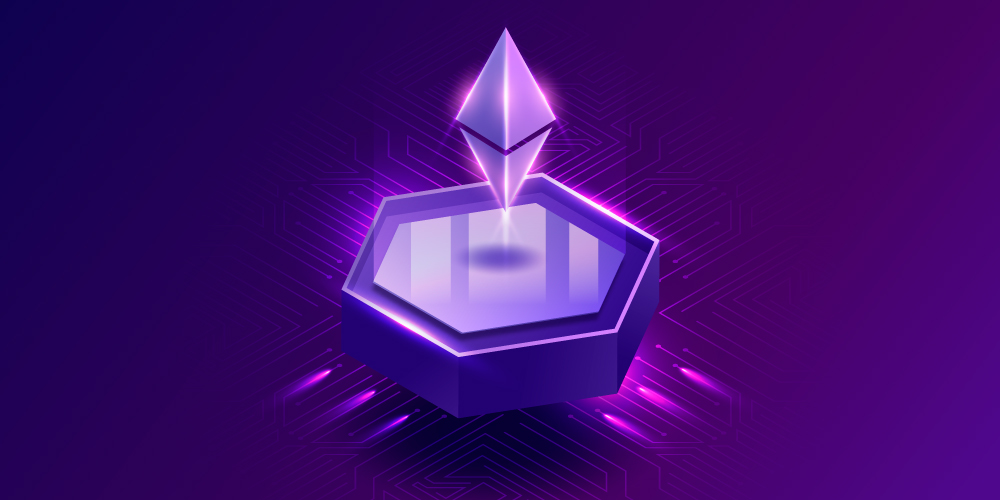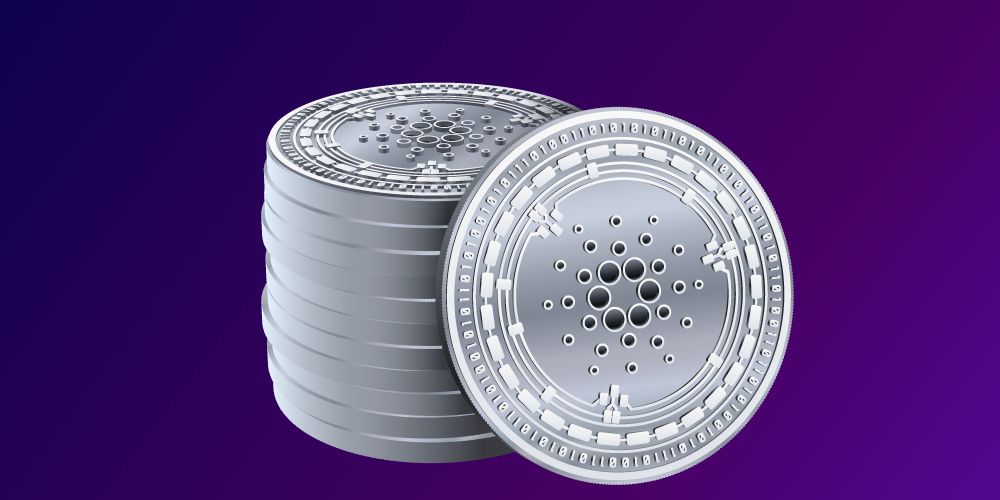When it comes to cryptocurrency, you may be aware of price volatility, but behind the curtain there is another type of instability, in the politics of individuals and market leaders, and we will take you through the roller coaster of how the industry is moving towards Web 3.0.
The battle for Web 3 has started
The battle for the palm in the development and adoption of the third-generation Internet is in full swing. There are projects that do not want to give it up, and are ready to do anything for the sake of victory. But is it right? To answer this question, let’s dive into the history of the creation of one of the most famous and revolutionary blockchain projects, from which everything began.
This is Ethereum.
Ethereum was developed by Vitalik Buterin, who saw incredible potential in the blockchain beyond what Bitcoin has to offer, and eight co-founders led the Ethereum development and launch team. However, not everything in the land of Ethereum was fun, and some fundamental disagreements led to the core team splitting over the years.
It was from this moment that the race for Web 3 began, forcing the entire crypto community to reflect on who will win?
Vitalik Buterin and the History of Ethereum

You won’t believe it, but many of the innovative technologies that are causing the digital revolution were invented by a 19-year-old Russian-Canadian boy. As a teenager, Vitalik Buterin wrote about cryptocurrency for Bitcoin Magazine. After three years of exploring the promising cryptocurrency scene, he discovered that there are limitations in Bitcoin that can hinder how far the industry can go.
To combat the restrictions, he proposed a new platform for running any open-source decentralized application (dApps) and a blockchain in which executable smart contracts could be implemented. Thus, Ethereum has entered the crypto space.
With his youth, passion, and unparalleled commitment, Buterin wrote a whitepaper for Ethereum, and inspired a team of remarkable minds to see cryptocurrency and blockchain beyond what Bitcoin has to offer.
Along with four other co-founders, Ethereum was developed in December 2013, and three more co-founders joined in early 2014. Among them were Charles Hoskinson (of the original Ethereum Five) and Gavin Wood (who wrote the Ethereum yellow paper) – two names that have become integral to the race for Web 3.0.
The launch of Ethereum shocked the industry as developers saw a new way to build, test, and run applications without relying on third parties or centralized software. The technology has attracted attention and money in the industry and provided an exciting insight into what blockchain has to offer beyond finance. But not everything was smooth in the main team, and disagreements could prevent the necessary decisions from being made.
You see, it was an organization that brought together eight young founders who were passionate about technology, but without any long-term vision or agreement on where they would like to use the platform. While the groundbreaking innovation grew rapidly, it was not viable for either the team or the technology from the start. It was all the fault of disagreements.
Disagreements annulled the entire concept of the project. From technology and how to make it a viable, scalable platform with the future in mind, to business operations, and how to solve management problems, and whether to make it profitable or stay open. There was a tension that simply could not be resolved. After six months, Hoskinson left the project, and in the following years, the main team broke up.
Charles Hoskinson and Cardano

Before the advent of cryptocurrencies, Hoskinson was engaged in mathematics, but this profession tired him. The frustration led him to take a closer interest in Bitcoin. With little fundraising experience and knowledge of the concept of decentralization, his familiarity with Ethereum and Buterin made such a strong impression that he was made CEO, tasked with leading the Swiss Foundation and its legal framework.
The situation quickly deteriorated, and his profit-oriented approach to the organization was to blame. Since most of the team, led by Buterin, wanted to preserve Ethereum as an open source nonprofit, disagreements arose in large numbers. Six months after the company was founded, Hoskinson was asked to leave. This came as a shock, and he took a six-month sabbatical before returning to the industry.
When he returned, he led the development of Cardano. Dubbed a” competitor ” to Ethereum, it quickly rose like a phoenix from the ashes and became one of the largest cryptocurrencies on the market.
Fun fact! Cardano’s “ADA” ticker was inspired by Ada Lovelace, the first mathematician to write and publish a computer-executed algorithm. Well, you probably know that, right?
Although the OG Ethereum network and Cardano have a lot in common, there are a few important differences to note.
First, the algorithm behind it works a little differently. Instead of using the Proof-of-Work algorithm (which Bitcoin and Ethereum use), Cardano uses a modified Proof-of-Stake algorithm called Oroboros. The main thing to know about this is that it makes the network much more scalable.
It is worth noting that Ethereum plans to move to a more energy-efficient and faster Proof-of-Stake algorithm in Eth 2.0, but it is not yet available. And this has caused controversy in the community, as the launch date of Eth 2.0 is being delayed all the time.
Cardano solves the management problem with an approach that allows ADA holders to express their opinion on the development of the project, inviting network users to vote, discuss, support and participate in the decision-making process. Through interoperability, which is one of Cardano’s key offerings, the network focuses on building infrastructure with the ability to interact and collaborate with other blockchains.
Another important difference between Ethereum and Cardano is the team structure. Hoskinson took the initial vision of benefits for Ethereum, and implemented it in his crypto project. As a result, ADA is a commercial project with a paid team. The Ethereum development team is the other side of the coin, and is mostly made up of community volunteers, and there is less of a hierarchical approach here.
If you think that this is the end of Ethereum’s competitors, then you are deeply mistaken.
Gavin Wood and Polkadot

Moving on to the next stage of the story: Gavin Wood’s entry into blockchain is designed to inspire the masses. He became deeply involved in Ethereum simply because he wanted to.
He was attracted to the technology, not the finance behind Bitcoin, and was curious about where Ethereum might go. So he contacted Buterin and suggested writing an Ethereum application in the C ++ programming language. He met with the rest of the co-founders (including Hoskinson) in January 2014, shortly before the launch of Ethereum.
Wood served as chief technical officer until 2016, when he announced that he was leaving, but he leaves with thanks to the people involved in the project, although it is interesting that Buterin’s name was not mentioned here.
After he officially left the project, he continued working on the code through Parity, a company he founded with his partner Jutta Steiner. Now his focus was entirely on the creation of the Web3 Foundation, and his blockchain project Polkadot-a platform that is called another direct competitor to Ethereum.
Like Cardano, Polkadot’s design aims to eliminate the pain points faced by early iterations of blockchains. When it comes to interaction and communication between the blockchain, Polkadot wants to connect the dots. Thanks to technologies developed to connect platforms to each other, Polkadot uses an unusual innovative thinking that applies three main components: relay chain, parachains and bridges. We will not go into details here, but all these ideas are simply brilliant!
Just like Cardano, Polkadot supports democracy, and DOT holders can vote on platform changes, potential plans, possible updates, and future ideas for the platform, thereby confirming the paradigm: one blockchain – many opportunities.
And after all that has been said above, it begs the question: how does Ethereum eliminate concerns about competition?
While Ethereum has a couple of things to sort out, it’s a tool network with a strong developer community and innovative thinking. With some incredible Dapps and platforms already using Ethereum, the network is by no means useless. In fact, almost the opposite. With the advent of Ethereum 2.0 this year, there will be solutions to its problems.
So, which one is the best? Who will win?
Oh, it would be so easy to pick sides and play favorites, but when personalities and global visions are so deeply involved in the game, this question becomes quite difficult. We can only hope that the ultimate winning scenario is one where technology can thrive, and where innovation between projects can complement each other rather than compete.
In the end, all three projects could build on each other’s strengths, eliminate the shortcomings, and learn how to build and develop the industry in a positive way. At the very least, we could even say that they can happily co-exist like iOS, Android, and Windows. And it would be quite logical.


